What are gallstones?
Gallstones are solid particles that grow inside the gallbladder, a small organ found under your liver. Gallstones can be as small as grains of sand or as big as pebbles. Typically these particles consist of cholesterol or bilirubin. What's fascinating is that less than half of all people having gallstones will have indications related to this condition.
Gallstones increase with age, from 8% in people younger than 40 to over 50% in people older than 70. This aligns with established epidemiological data showing an age-related increase in gallstone prevalence.
Gallstones can be broadly categorised into two main types based on their composition: cholesterol stones and pigment stones.
Cholesterol stones
These are the common kind of gallstones, mostly composed of solid cholesterol. Their colour can vary from yellowish to greenish. Cholesterol stones are made due to an unevenness in the materials creating bile. This bile is a liquid used for digestion that the liver creates and stores in the gallbladder. If there’s an excess of cholesterol present within this bile but not sufficient amounts of either bile salts or lecithin to dissolve it properly, then these excesses can crystallise gradually, leading to stone formation over a period of time.
Pigment stones
These gallstones are smaller and darker, ranging from dark brown to black. The making of pigment stones happens when there are high levels of bilirubin in the bile. Bilirubin is a substance formed from the breakdown of red blood cells. Pigment stones are often associated with increasing age and are often asymptomatic. Pigment stones account for approximately 15-25% of all gallstones. Certain medical conditions, such as cirrhosis or certain blood disorders, can lead to increased production of bilirubin, which can then precipitate and form pigment stones.
How do gallstones form in the gallbladder?
The formation of gallstones often happens due to alteration in the bile’s chemical buildup, which causes certain substances that usually stay dissolved to precipitate.

Supersaturation of bile
Bile becomes oversaturated with cholesterol or bilirubin, meaning there are more of these substances than can remain dissolved in the bile fluid.

Nucleation
Solid particles of cholesterol or bilirubin start to form in the bile. These tiny solids can act as nuclei, around which gallstones might grow.
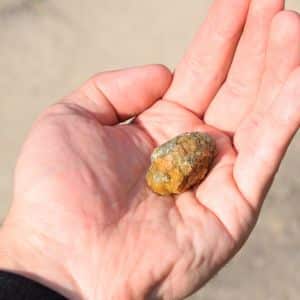
Crystal growth
With time, more and more cholesterol or bilirubin molecules gather around these nuclei, causing them to increase in size and form bigger crystals.
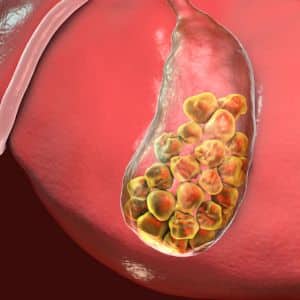
Aggregation
When crystals come together, they can combine with substances that are in bile like calcium salts and proteins, which form gallstones of different sizes.
How to diagnose gallstones in the elderly
Diagnosing gallstones in elderly patients involves a combination of clinical evaluation, imaging studies, and sometimes, additional tests, to confirm the presence of gallstones and assess for complications
Clinical history and physical examination
Symptom evaluation
Get a complete assessment of symptoms, like abdominal pain—mainly in the upper right side, nausea, vomiting, bloating, and alterations in bowel movements.
Physical exam
Do a complete examination of the abdomen, checking for feelings of tenderness, guarding, or signs that could mean acute inflammation such as Murphy’s sign.
Laboratory tests
Liver Function Tests (LFTs)
They check the levels of liver enzymes in your serum and can show if there’s any blockage or swelling in the bile ducts.
Complete Blood Count (CBC)
Conducting a blood test to evaluate and monitor for signs of infection or inflammation medically known as leukocytosis.
Imaging studies
Ultrasound
This is the first-line imaging modality for diagnosing gallstones. It is non-invasive, readily available, and does not involve radiation exposure. Ultrasound can visualise gallstones within the gallbladder and can assess for complications such as wall thickening or signs of acute cholecystitis.
Abdominal CT scan
A CT scan is conducted if the ultrasound results are not clear or there exists doubt about complexities. It detects internal injuries and disease by providing cross-sectional images of bones, blood vessels, and soft tissues.
Magnetic Resonance Imaging (MRI) and Magnetic Resonance Cholangiopancreatography (MRCP)
MRI/MRCP are imaging tests done to give clear and detailed images of the bile ducts, which might be used to examine gallstones in patients who show unclear results with ultrasound or to evaluate biliary anatomy.
Functional tests
Hepatobiliary Scintigraphy (HIDA scan)
A test where they put in a liquid with a radioactive substance that is absorbed by the liver and goes into bile. This can see how well the gallbladder works and find problems like gallbladder dyskinesia or blockage from stones.
Endoscopic evaluation
Endoscopic Retrograde Cholangiopancreatography (ERCP)
ERCP is a procedure that can help to see any stones in the bile duct or possibly remove them if they have moved from the gallbladder into the common bile duct.
What are the challenges of diagnosis and treatment for gallstones in the elderly?
Diagnosing gallstones in elderly patients presents specific challenges due to several factors, including atypical symptoms, co-existing medical conditions, and the presence of comorbidities.

Atypical symptoms
Elderly patients might show up with unclear and vague symptoms like general stomach uneasiness, mild nausea, or bloating instead of the typical biliary colic. Gallstones in the elderly might result in pain in different places, like the back or chest instead of typical right upper quadrant pain that spreads to the back or shoulder blades.

Co-existing medical conditions
Commonly, older patients have more than one ongoing health issue like diabetes, heart problems, or chronic obstructive pulmonary disease (COPD). Sometimes, signs of gallstones might not be seen clearly because of these other conditions present in the patient. Further, some medicines could hide or imitate signs of gallstones.

Altered presentation
As people get older, they may experience changes in their body such as reduced senses, which can result in a lessened capacity to pinpoint and articulate pain. Conditions such as dementia can make it complex to understand symptoms and communicate with the patient, which creates difficulties in obtaining a history of symptoms.
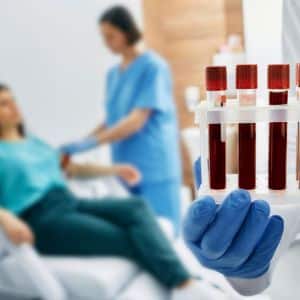
Diagnostic testing considerations
Understanding the results from ultrasound, which is the main way to diagnose gallstones, might be harder in elderly people due to changes in body structure, and liver or pancreatic problems that are usual for this age range. Performing procedures can be more difficult because older patients can have comorbidities and complications.
Identifying gallstones in elderly patients needs a sharp sense of doubt and thoughtful thinking about unusual signs and other diseases they may have. Being watchful when examining, taking a detailed account of medical history, and applying correct diagnostic imaging methods are very important to managing the difficulties in determining gallstone problems among older people.
What is the treatment for gallstones in the elderly?
The methods of treatment for gallstones in elderly patients can vary and depend on several factors such as the presence of symptoms, medical and health status, and medical preferences.
Cholecystectomy
Surgical removal of the gallbladder known as cholecystectomy is the definitive treatment for symptomatic gallstones. Cholecystectomy is a procedure that can be done either through a less invasive surgery or as an open operation, based on the patient’s general well-being and surgical danger. It is normally suggested to perform early cholecystectomy for elderly patients who have symptomatic gallstones to prevent possible issues like acute cholecystitis or common bile duct stones.
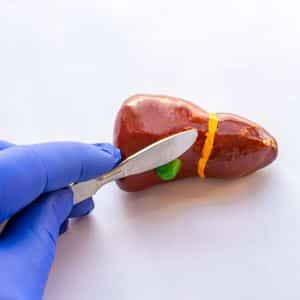
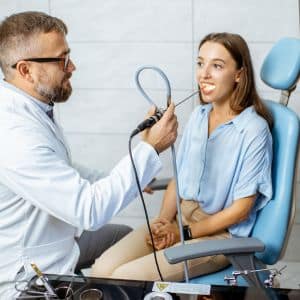
Endoscopic Retrograde Cholangiopancreatography (ERCP)
patients who have gallstones that moved into the common bile duct, medically known as choledocholithiasis, or they might experience complications like acute cholangitis. In ERCP, stones can be taken out from the bile duct with special tools and a stent might be put to ease biliary blockage. It can be dangerous in the elderly and lead to pancreatitis or perforation. ERCP is only conducted when surgery isn’t possible.
Percutaneous cholecystostomy
A percutaneous drain, which is put into the gallbladder, can be an option for relieving symptoms temporarily in old patients who are at high surgical risk or experiencing acute cholecystitis. This step is taken to make sure the patient’s condition is stable before considering certain treatment choices. Before this is conducted a gastrointestinal specialist will conduct a comprehensive medical evaluation, and consider shared decision-making with loved ones and age assessment.
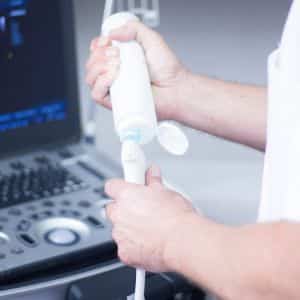
To sum up, the treatment of gallstones in elderly patients needs tailored management that considers their clinical display, health condition, and personal choices. The aim is to find a balance between dangers and advantages for every possible treatment choice to make sure it brings about optimum results for the elderly patient.
What are the complications of treatment for gallstones in elderly patients?
Older patients who have gallstones are more likely to suffer from a variety of potential problems, such as acute cholecystitis and pancreatitis. These conditions can greatly affect their well-being and quality of life.
Acute cholecystitis
This condition happens when a gallstone blocks the cystic duct. The result is inflammation and infection of the gallbladder. With elderly patients, acute cholecystitis might not show itself in the usual way, often causing symptoms like general stomach ache along with fever and malaise instead of typical pain on the top right side of the abdomen. Old people usually have many other illnesses at the same time, which can complicate the clinical picture and delay diagnosis. Recognising and treating gangrenous cholecystitis promptly is very important to avoid complications like perforation that can cause sepsis needing immediate surgery.
Pancreatitis
Gallstones can also migrate from the gallbladder into the common bile duct, leading to obstruction of the pancreatic duct and subsequent pancreatitis. In elderly patients, symptoms such as abdominal pain, nausea, vomiting, and increased levels of pancreatic enzymes. Pancreatitis in old age can be very serious with a higher chance of being life-threatening because it often happens along with other long-term illnesses and changes related to getting older. Management involves providing care and support, controlling pain, and sometimes using endoscopic intervention (ERCP) to remove bile duct stones to relieve the blockage and obstruction.
In older patients, the dangers of both acute cholecystitis and pancreatitis are serious because they have less capability to handle bodily changes and more chances for associated conditions like diabetes, heart problems, or kidney issues. For acute cholecystitis, surgery is the final solution but in elderly patients, it might have increased dangers such as complications from anaesthesia or a longer time needed for recovery. If immediate surgery cannot be done yet, methods like percutaneous drainage or endoscopic approaches could help stabilise the person’s condition and deal with severe symptoms.
FAQs
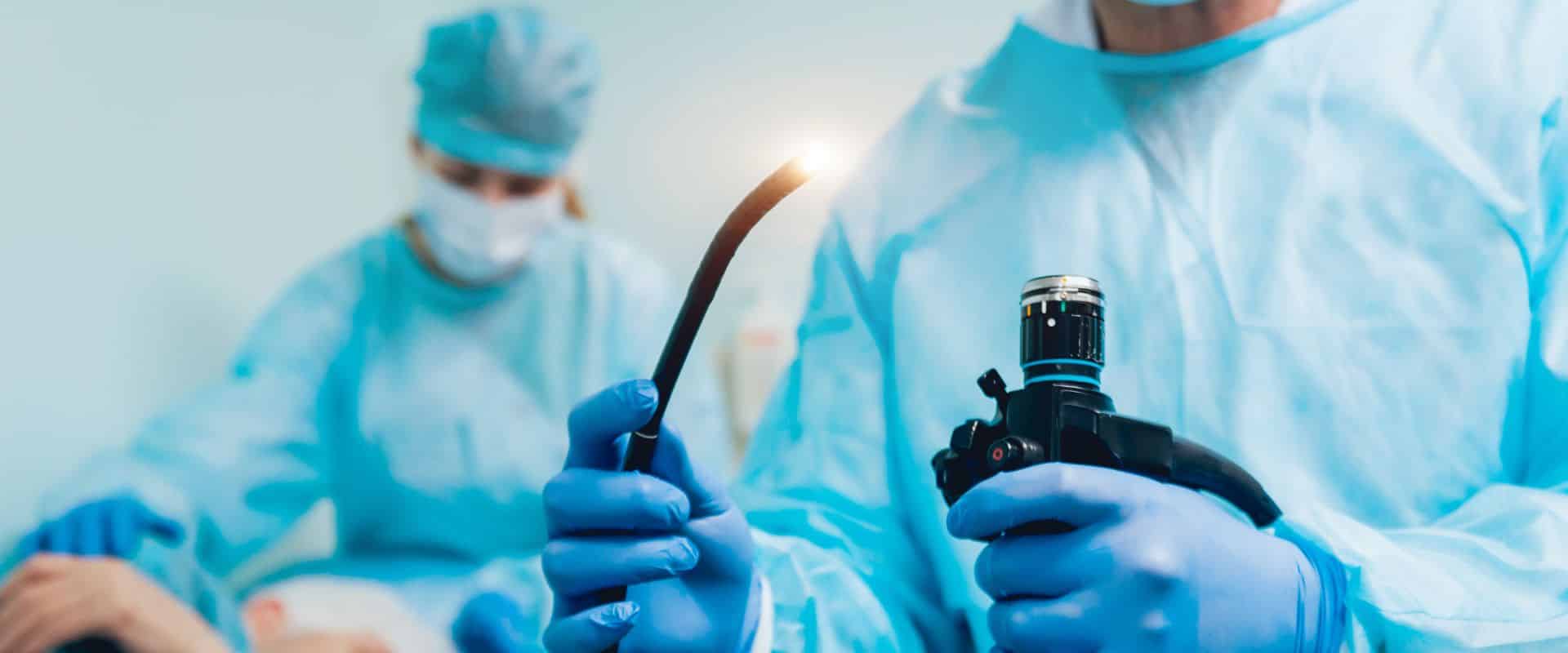
Recovery after gallstone treatment varies based on the chosen intervention. Surgical patients may experience a brief hospital stay and recovery period, whereas non-surgical treatments may involve outpatient management. Follow-up care focuses on monitoring for complications and promoting overall well-being.
Age can influence treatment decisions due to factors such as overall health, risk of complications from surgery, and tolerance to anaesthesia. Elderly patients may require individualised approaches considering their specific medical conditions and overall fitness.
To prevent recurrence, elderly patients should maintain a balanced diet low in saturated fats and cholesterol, stay physically active, avoid rapid weight loss, and attend regular medical check-ups. These measures help in managing risk factors associated with gallstone formation.
Consult a gastrointestinal specialist for the treatment of gallstones in elderly patients
The journey of handling gallstones might seem like a complex path, but you are not required to travel it by yourself. Our team of GI specialists is committed to giving you personalised care that suits your way of life and health goals. Our experts can guide you on what is best for your gastrointestinal conditions.
Being active in managing your gastrointestinal health can enhance your well-being and quality of life. We encourage you to start by making an appointment for a consultation. Work together to create a tailored plan that deals with any worries about gallstones and improves overall digestive health.
